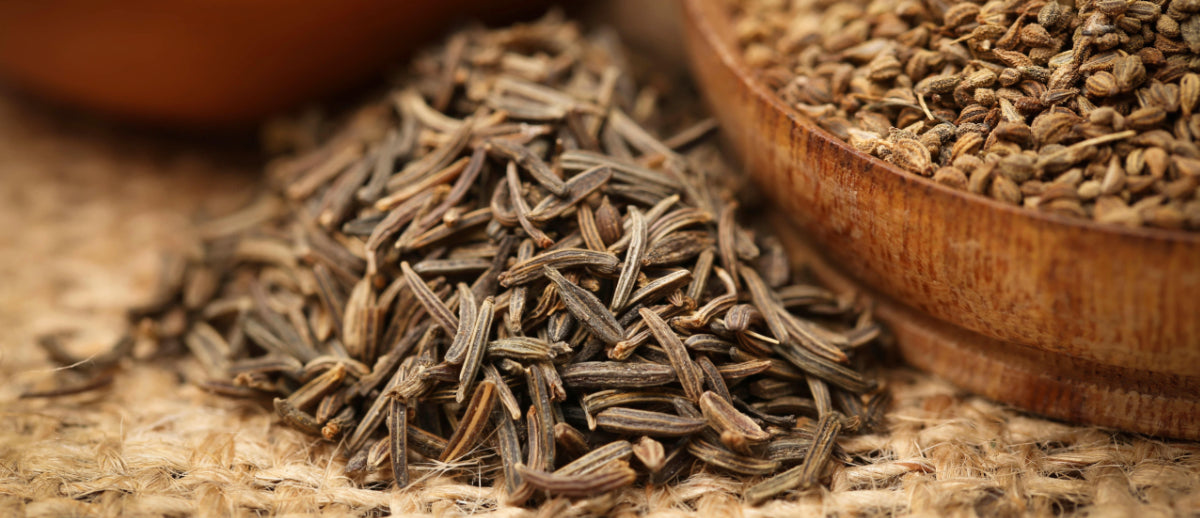Caraway is easy to grow. It germinates best when daytime temperatures reach an average of 70°F, and we recommend fall seeding in order to enjoy blooms in its first full growing season.
Choosing the right site: Caraway prefers well-drained, fertile soil that leans toward the sandy side. It thrives best in soil with a pH between 5.8 to 7.5. Amend compacted and claylike soils with aged compost.
Planting Instructions: Caraway does not transplant well, but if you are that impatient gardener who insists on an early start indoors, be sure to use deep peat pots. Sow early starts 4-6 weeks before the average last frost.
For outdoor spring planting, you'll want to get started as soon as your frost calendar gives the "all clear". Pick a spot in full sun and break up any clumps and clods in the soil. Caraway requires sunlight to germinate, so be sure not to plant seeds more than 1/8" below the surface.
Space seeds 8"-16" apart, and gently water the planting site with a spray bottle or very fine hose attachment. Germination typically occurs in 7-21 days, depending upon temperatures. Be sure keep seedlings watered until they're established, but don't overdo it.
Caraway is an easy self-seeder, so even though parent plants only last a couple years, successive generations will keep your cupboard well-stocked and your garden graced with soft, graceful texture and deliciously sweet aroma.


